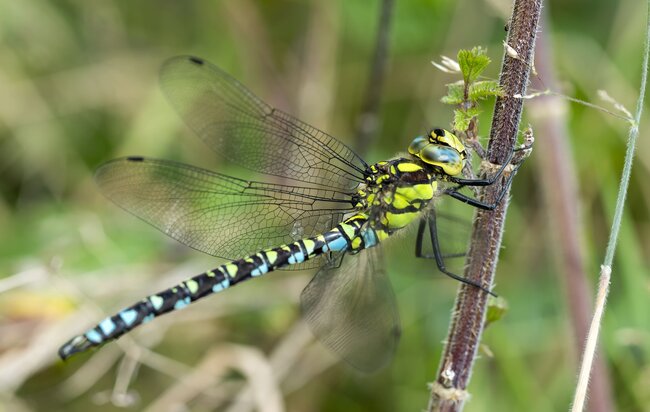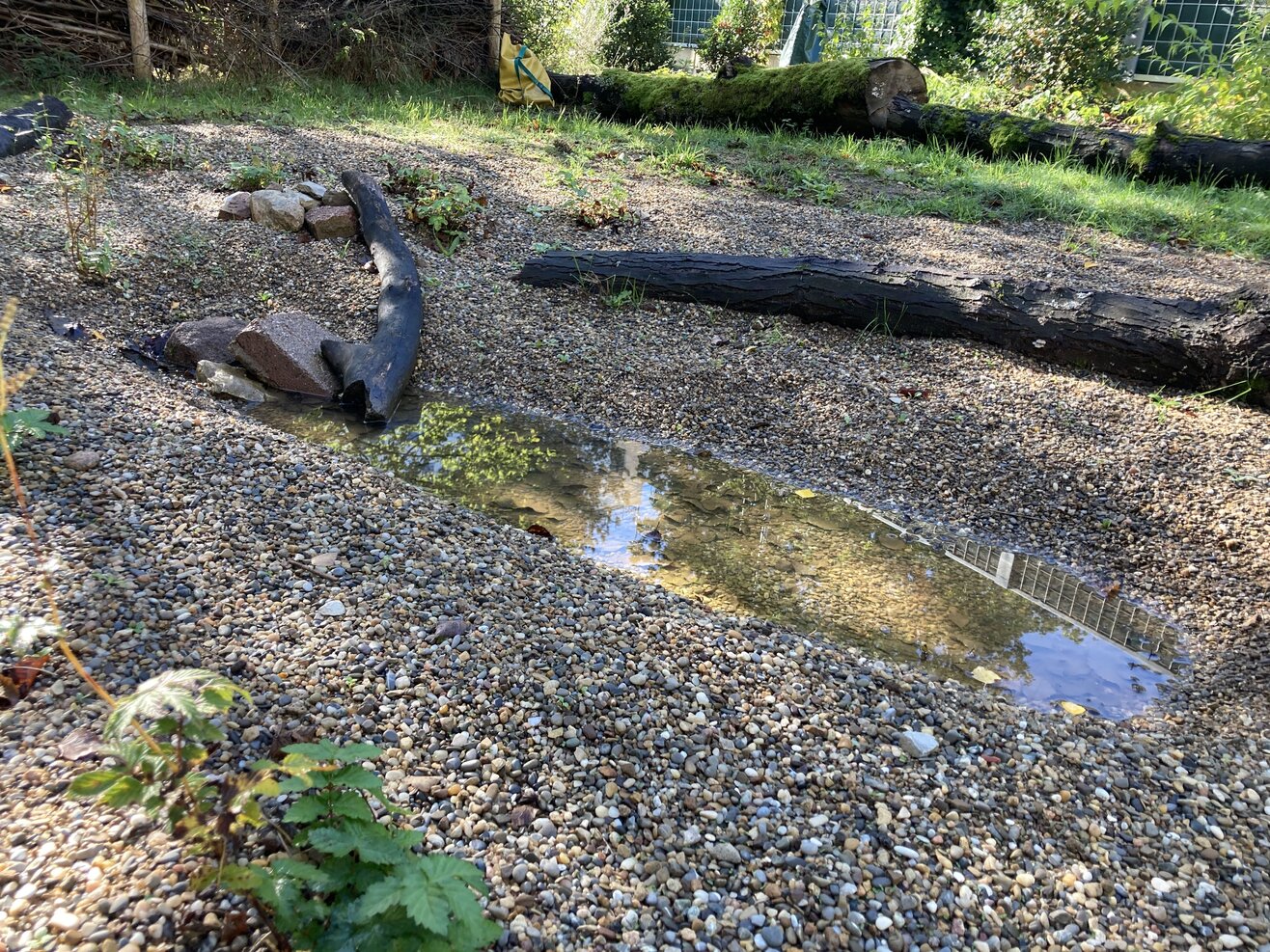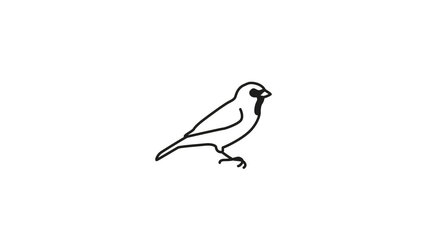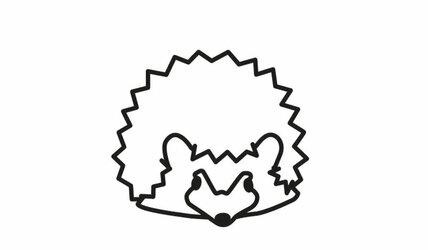Fact sheet
- Aeshna cyanea
- Color: Green, blue and black
- Food: other flying insects such as mosquitoes
- Length: 7 to 8 cm
- Found from July to October

Water ponds
Here live Southern Hawker dragonflies
The southern hawker dragonfly is a dragonfly species that occurs in almost all types of still waters. However, it prefers to live in smaller bodies of water such as garden ponds. The prey of these predatory dragonflies consists of other insects. The larvae of the southern hawker dragonfly live in the plants on the banks of the water, at the bottom or near the surface. They initially feed on protozoa, such as bacteria, under water and later on other aquatic organisms.
Plant-rich ponds with clear water provide an ideal habitat for numerous species such as the blue-green mosaic dragonfly. Their shallow depth and the dense plants along the banks and in the water create ideal conditions. Amphibians such as frogs and newts also use these waters as breeding grounds and hiding places from predators.
Near the new parking deck in Neusalzerstraße, wbg has created such a pond. The meadows with dead wood serve as foraging grounds in the immediate vicinity and the pond itself creates ideal conditions for dragonflies to breed. In summer, many insects and mammals use the waterhole as a welcome source of drinking water. Surrounded by a deadwood hedge and varied planting, this place promotes biodiversity and at the same time creates a lively retreat for humans and wildlife.
As a living microcosm, the water pond provides shelter for many species and supports ecological balance.




